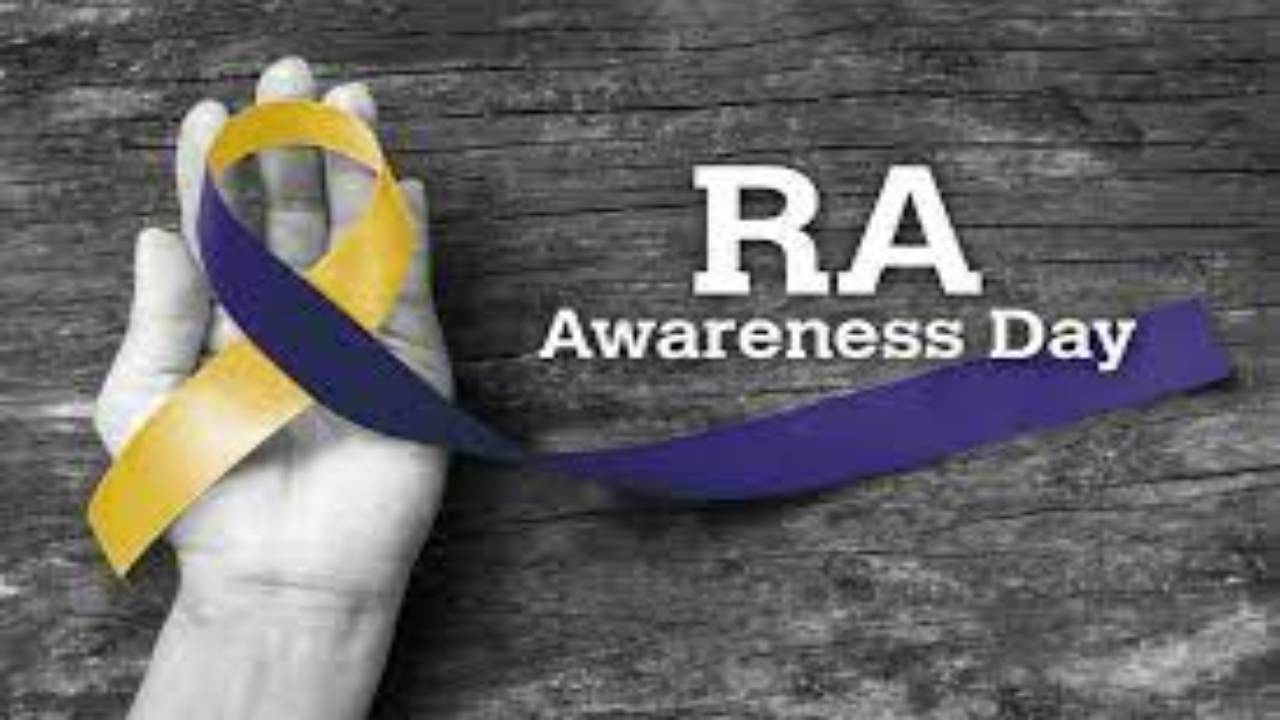Rheumatoid Arthritis Awareness Day 2022: On February 2, 2022, the voices of many people who have rheumatoid disease will be heard. Rheumatoid disease, also known as rheumatoid arthritis (RA), is an autoimmune condition in which the body believes the linings of the joints are foreign tissue, and it attacks and damages them, resulting in inflammation and pain.
About 1 percent of the American population lives with this condition. But of those 1.5 million people, 2 to 3 times as many women than men develop RA, and 70 percent of people with RA are women, according to the Arthritis Foundation.
Rheumatoid Arthritis Awareness Day is held on February 2, the same day as Groundhog Day:
The day was created in 2013 by the Rheumatoid Patient Foundation (RPF) to help raise awareness for all of the people who function daily with both pain and misconceptions about this chronic disease.
Research, such as a study published in July 2020 in RDM Open, has shown that a lack of public education and awareness can lead to delays in seeking medical advice, which can result in inadequate treatment.
Rheumatoid Arthritis Awareness Day 2022: Significance
Rheumatoid arthritis (RA) is an autoimmune disease that can impact many joints throughout the body.
It causes a faulty immune response that attacks the healthy tissue surrounding a joint, which results in swelling, pain, and stiffness in these areas.
This joint damage can permanently alter the way an individual’s body moves and can significantly impact your ability to function throughout the day.
In more severe cases, the disease can also cause damage to internal organs like the heart or lungs.
It is estimated that over 1.5 million people in the United States have RA. In spite of this, there is still a lot that is unknown about the disease.
While there are specific risk factors that make a person more likely to develop RA, its exact cause is unknown.
In addition, while many effective treatments can help manage the condition’s symptoms, doctors are not yet able to cure it.
Because of this, raising awareness and fundraising for further research are incredibly important tasks.
Three classical ‘kashayams’ get scientific validation for treating rheumatoid arthritis
What is Rheumatoid Arthritis (RA):
The most common type of arthritis is osteoarthritis, a degenerative condition that starts when cartilage covering the surface of the bone within the joint is damaged or wears away, resulting in bone rubbing on bone in one or more joints.
Unlike osteoarthritis, RA is an autoimmune disease, meaning that the immune system mistakes the body’s own tissues, in this case, the lining of the joints and other organs and attacks them.
This creates inflammation, leading to pain, swelling, and stiffness. If left untreated, RA can damage the cartilage and bone, causing the joints to shift out of place and sometimes become permanently deformed.
What are the signs of RA:
- People with RA are most likely to notice swelling, pain, and warmth in the joints of the hands, feet, wrists, elbows, knees, and ankles.
- If a joint on one side of the body is affected, the same joint on the other side usually is, too. There may be stiffness in the morning or after rest, fatigue, a low-grade fever and weight loss.
- Since RA can affect other organs, symptoms aren’t limited to the joints.
- For example, studies show that prior to diagnosis, rheumatoid disease may cause a higher rate of stroke, atrial fibrillation, silent heart attacks, and sudden cardiac deaths.
- The symptoms can wax and wane, with periods when pain and swelling disappears interspersed with flares when the symptoms increase in intensity.


















